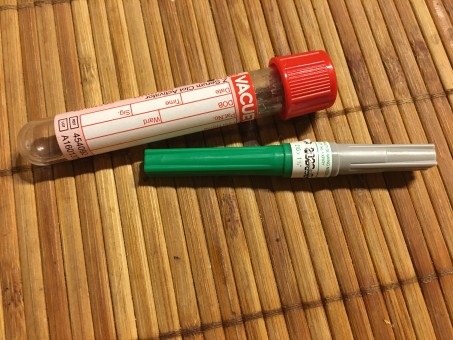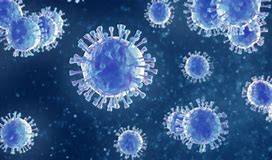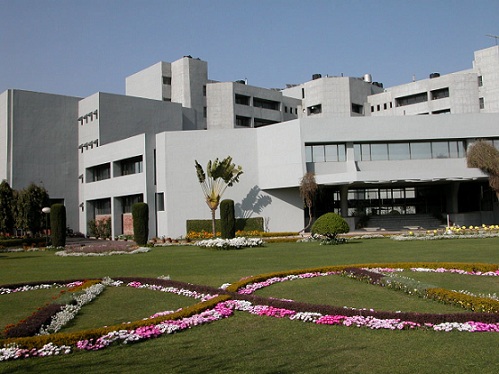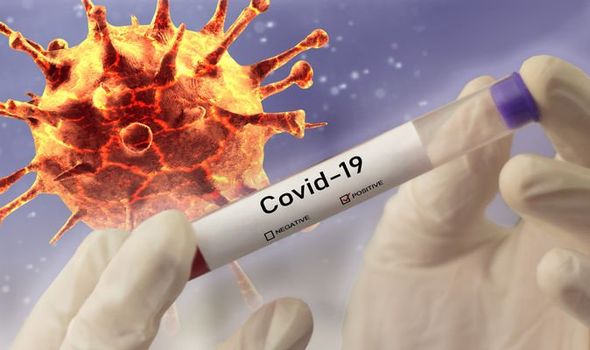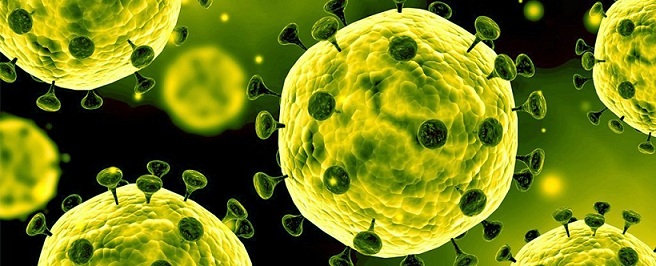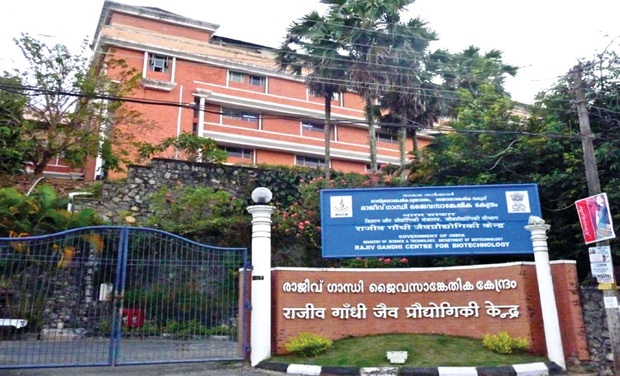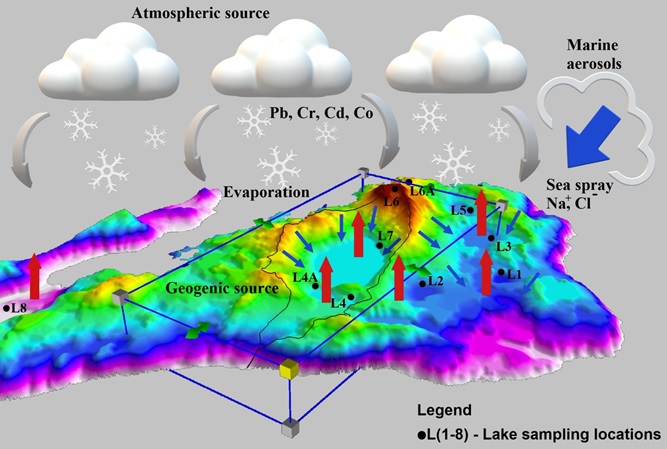
A recent study from The National Center for Polar and Ocean Research (NCPOR) has revealed valuable insights on the functioning of major biogeochemical cycles, by understanding the chemical composition of lake waters in Antarctica, which play a vital role in assessing the solute dynamics.
Climate systems depend on marine biogeochemical processes that produce organic compounds in ocean waters, emissions from the ocean, marine aerosol formation, and transition of the subsets of aerosol populations to cloud droplets and ice crystals.
Marine aerosols are important drivers of climate that affect the planetary radiation balance directly by scattering and absorbing direct sunlight, and indirectly by modifying cloud microphysical properties. The primary aerosol components are produced from the interaction of wind stress at the sea surface that results in the production of sea spray. The sea spray is enriched with inorganic sea salt and organic matter that interact with the freshwater lacustrine systems and alters the lake biogeochemistry.
Marine aerosols are important drivers of climate that affect the planetary radiation balance directly by scattering and absorbing direct sunlight, and indirectly by modifying cloud microphysical properties.
NCPOR scientists revealed that rock-water interactions are the primary source for dissolved metals in lake water, followed by sea spray and long-distance atmospheric transport in the form of aeolian dust. Mineral groups such as sulfate, carbonate, metal oxides, and hydroxides are responsible for the dissolution of metal complexes in lake water. In addition, lakes falling within a micro basin have shown to increase concentrations of major ions due to sea spray cycling through catchment effect.
NCPOR also found that rock dominance, precipitation and evaporation/sea spray via marine aerosols are important hydrogeochemical processes that control the water composition of the lacustrine systems in Antarctica. Silicate weathering, evaporation and carbonate dissolution also contribute ionic loads to lake water. Increased knowledge of rock-water interaction would help in better understanding of the hydrogeochemical characteristics of lakes that can help in effective management and utilization of lake water resources too.
The ions are associated with silicate rock forming minerals and interact with melt water, thereby affecting the overall aquatic ecosystem of the lakes. Similarly, trace metals are associated with major elements and they play an important role in the carbon and nitrogen cycles.
Led by N.S. Magesh and Anoop Tiwari, the research team comprised of Sathish Mohan Botsa, Soniya Dessai, Mamta Mestry and Tara Da Lima Leitao of NCPOR, Ministry of Earth Sciences, Goa. The research paper has been published in the Journal ‘Science of the Total Environment’.
India Science Wire
VS/MoES/MFA/17-08-2020

